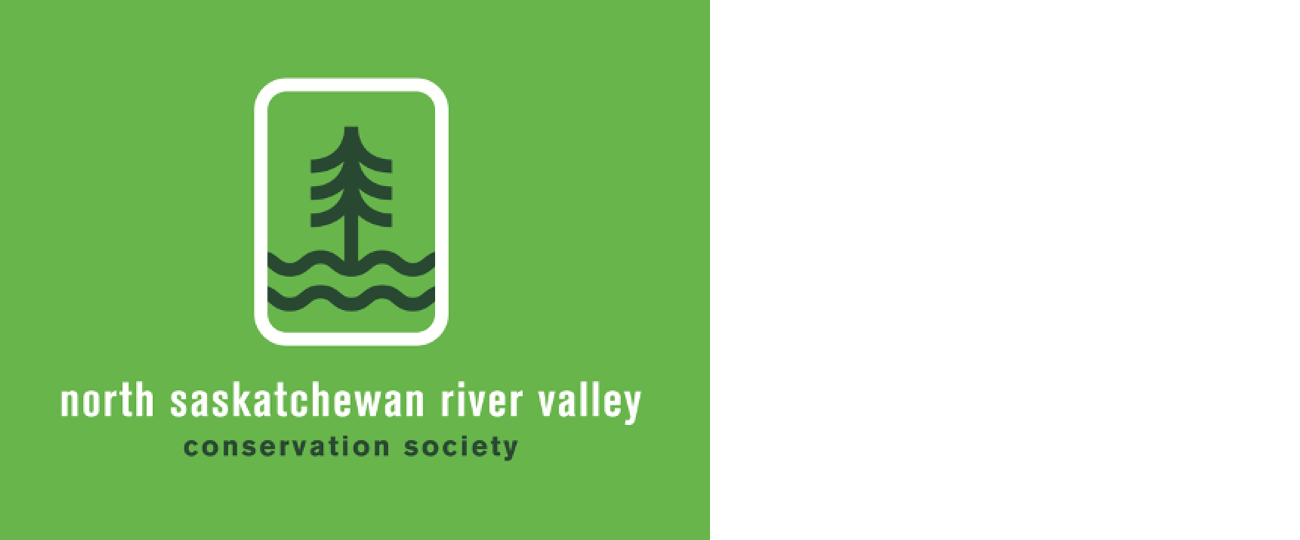First appearance of Dutch elm disease in Edmonton
Dutch elm disease has been detected in several trees in the Killarney and Yellowhead corridor east neighbourhoods, marking the first appearance of the disease in Edmonton. The disease is caused by a fungus and can affect any elm tree. As of August 30, a total of four trees have tested positive for the disease.
Dutch elm disease is caused by a fungus that is spread among elm trees through their roots and by specific species of bark beetles that carry the fungus from tree to tree. Although it is not possible to determine how the disease arrived in Edmonton, it is often brought to new regions through the transport of firewood or by importing infected trees.
Call 311 if you see one of the following signs of Dutch elm disease. From the latter half of June to the middle of July, the leaves on one or more branches may wilt, droop and curl. The leaves then turn brown and usually remain on the tree. If the tree is infected later in the summer, the leaves will droop, turn yellow and drop prematurely. Late season infections are easily confused with normal seasonal changes.
Brown staining in the sapwood that can be seen by removing the bark of infected twigs. Beetle emergence holes, the size of the diameter of a pencil lead, or sawdust on the bark, indicate burrowing beetles. Elm trees make up 22 per cent of the City’s maintained tree inventory, an estimate around 90,000 trees. In some mature neighbourhoods, elms comprise nearly 100 per cent of boulevard trees. https://www.edmonton.ca/programs_services/pests/dutch-elm-disease
Smooth Fleabane an attractive biennial prairie plant
Erigeron glabellus, commonly called Smooth Fleabane is a North American species of flowering plants in the daisy family. This attractive prairie plant is a biennial or a short-lived perennial. Although its flowers are not fragrant, they attract bees, flies, butterflies, and songbirds.
Flowering heads consist of white ray and yellow disc flowers and have a longer bloom time than most other fleabanes. They make a nice addition to woodland or prairie gardens. This plant’s erect, hairy stems grow up to 50cm tall. Its hairy basal leaves have winged stalks and are oblong with pointy tips.
Stem leaves are similar, but sessile and linear to bract-like up the stem. The 1 to 6 flowering heads occur on long stalks. Each one consists of numerous light purple ray florets surrounding yellow disc florets. Fruits are hairy achenes with a tuft of hair-like bristles. https://prairiepollination.ca/plante-plant/vergerette_glabre-smooth_fleabane/
The twin cemeteries – Edmonton Municipal and St. Joachim Catholic
These twin cemeteries, north and south of 107 Ave, between 117 & 120 St, are unique as there exists little physical separation between the two. No markers, wrought-iron fences, or brick inlays provide a clean separation between Catholics and their non-denominational neighbours. The only thing that will alert you is south of 107th Ave, where Edmonton Municipal is defined by its headstones facing east/west, St. Joachim’s face north/south.
Edmonton Municipal began in 1886. Previously, “there were three older graveyards, one attached to the Methodist Mission and two at Fort Edmonton in the river valley,” but congestion and haphazard planning spelt the need for a new formal cemetery. With the express purpose to a “build a non-denominational cemetery that resembled a park on the outskirts of town, where plots where uniform and not overcrowded” the Edmonton Cemetery Company was formed.
Similar problems faced St. Joachim’s Roman Catholic Mission. In 1888, Malcolm Groat donated three-and-a-half acres for the formation of a Catholic graveyard. Located immediately east of the non-denominational site, the new graveyard amalgamated several irregular burial sites which had been previously used by the Mission.
As Edmonton grew so did its twin cemeteries. The Edmonton Cemetery Company expanded its operations north of present-day 107 Ave, while the Catholic Archdiocese expanded south to 105 Ave. Operations of the non-denominational cemetery were offloaded to the City in 1964 following stricter provincial laws regarding privately-run graveyards. Its neighbour, St. Joachim’s, remains run by the Catholic Church. https://www.forgottenedmonton.com/blog/the-twin-cemeteries
Dr. Anne Anderson’s mission to preserve the Cree language
Teresa writes “Great story about Anne Anderson. I knew not a thing about her.”
Guided walk with Talking Rock Tours on September 28
Barb emailed “I was hoping that you might organize a second walk with Talking Rock Tours, as the first one is already full. It sounds like a great opportunity.”
fire_scape by Jorn Ebner, Fire Station No.5, 9020-111 Ave NW, Edmonton
https://www.edmontonarts.ca/public-art/fire-scape
Comment or Contributions
Please note articles may not reflect the position of NSRVCS. River Valley News is meant to be a clearinghouse for the variety of opinions and ideas about Edmonton’s River Valley.
Email river valley photos, event information, comments, or questions to nsrivervalley@gmail.com
Forward this link to anyone you think may want to sign up for this newsletter https://www.edmontonrivervalley.org/newsletter-signup
















